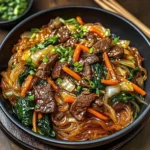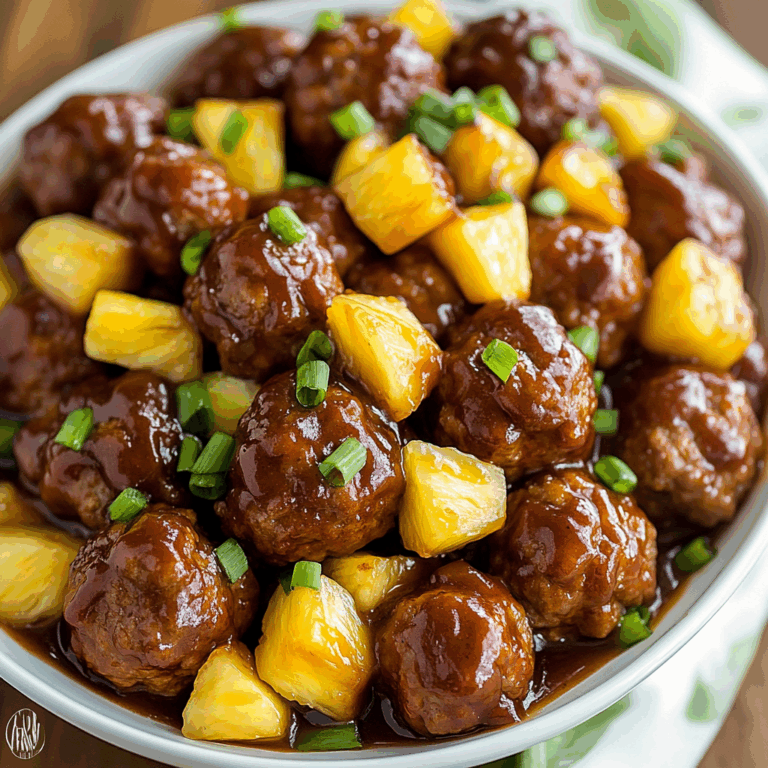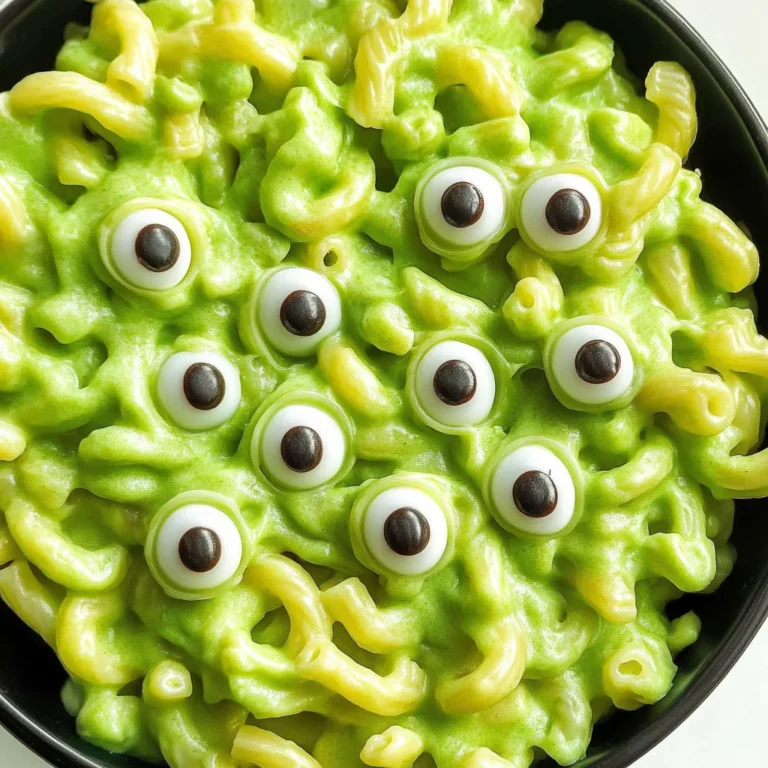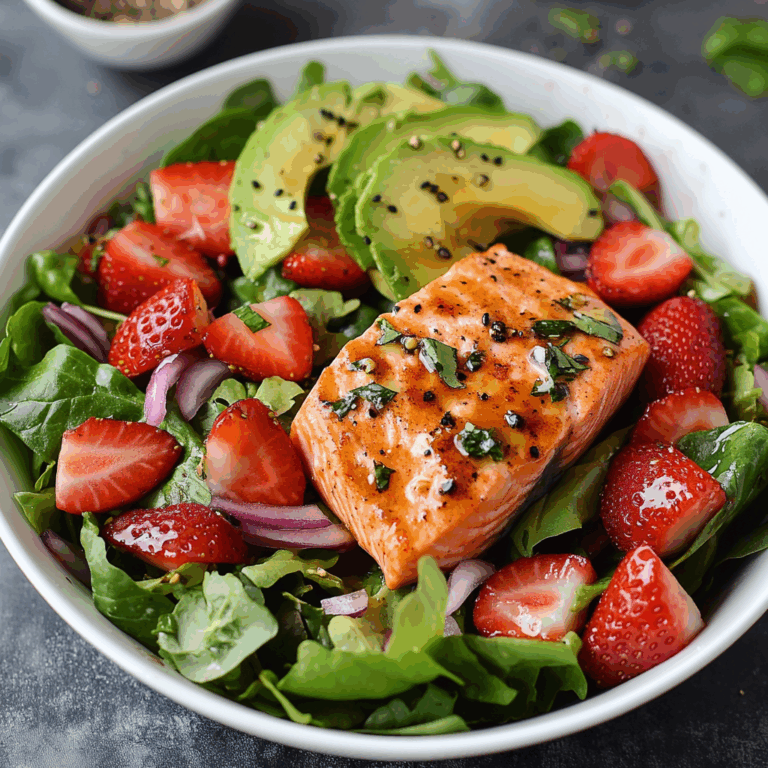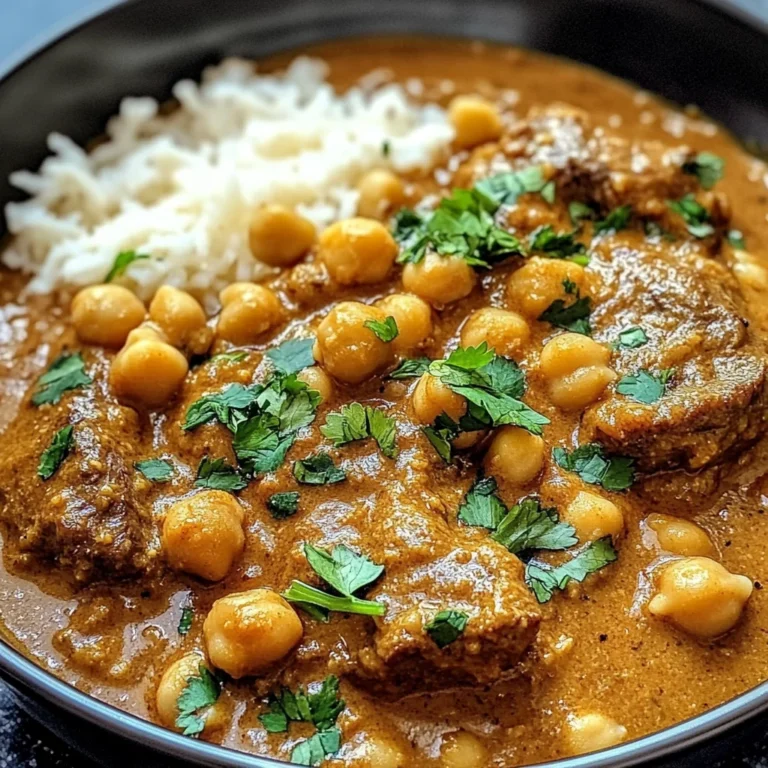Japchae
Japchae is a delightful Korean dish that showcases the unique texture of sweet potato glass noodles. Its chewy consistency and subtly sweet flavor make it a favorite for various occasions, from family dinners to festive gatherings. This vibrant dish combines tender beef slices with fresh vegetables, ensuring every bite is packed with nutrition and flavor. Japchae is not only satisfying but also customizable; you can easily substitute ingredients based on your preferences, making it an excellent choice for any meal.
Why You’ll Love This Recipe
- Simple Preparation: Japchae comes together quickly, making it perfect for busy weeknights or last-minute gatherings.
- Flavorful Ingredients: The combination of soy sauce, sesame oil, and fresh vegetables creates a deliciously balanced dish.
- Versatile Options: Easily customize Japchae by swapping out proteins or adding your favorite veggies to suit your taste.
- Nutritious Meal: Packed with vegetables and lean protein, this dish offers a wholesome option that doesn’t compromise on taste.
Tools and Preparation
Before diving into this tasty recipe, gather the essential tools you’ll need to create the perfect Japchae. Having the right equipment makes food preparation easier and more efficient.
Essential Tools and Equipment
- Large pot
- Skillet
- Mixing bowl
- Knife
- Cutting board
Importance of Each Tool
- Large pot: Essential for boiling the sweet potato noodles to achieve their perfect texture.
- Skillet: Ideal for stir-frying the beef and vegetables evenly over high heat.
- Mixing bowl: Useful for combining all ingredients before serving to ensure an even distribution of flavors.
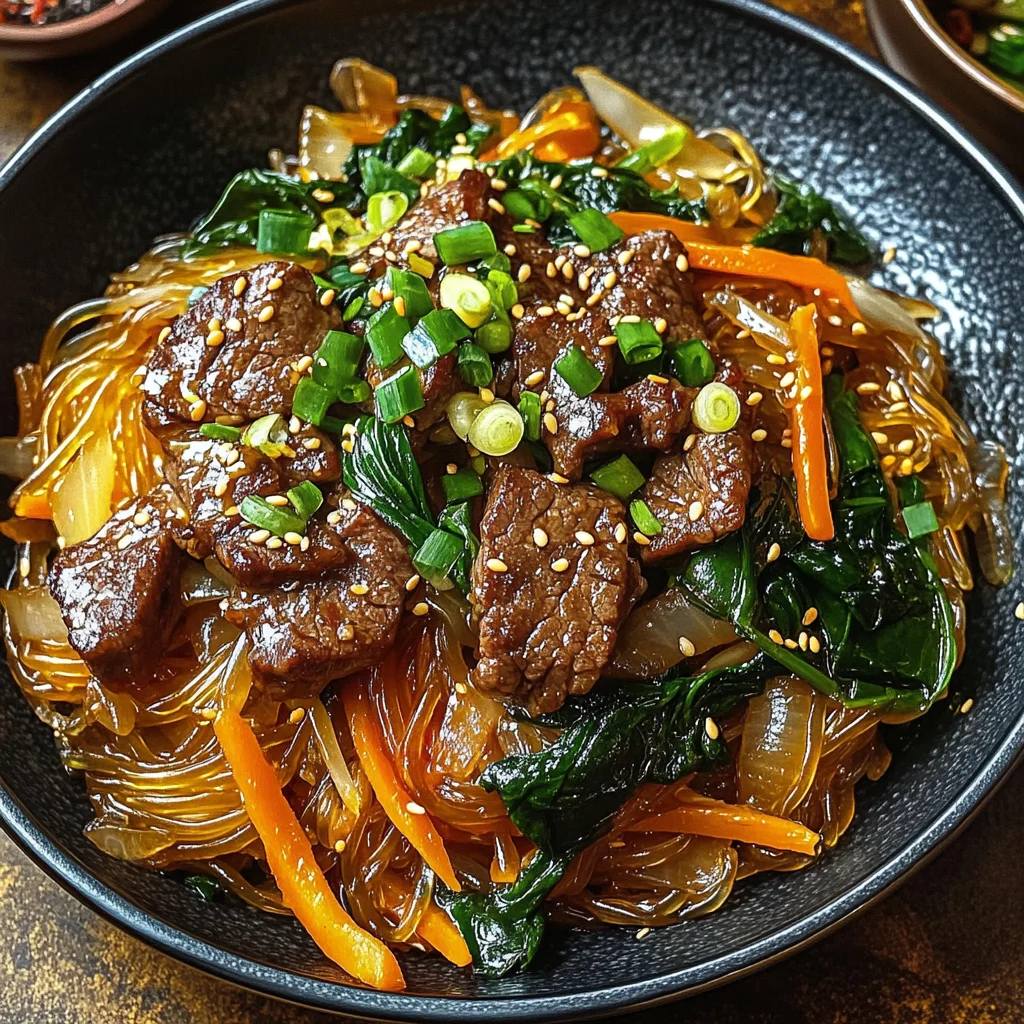
Ingredients
For the Protein
- 2 lb thin-sliced beef (or sub with chicken, tofu, or shrimp)
For the Noodles
- 1 lb Korean sweet potato noodles (glass noodles)
For the Vegetables
- 3 medium carrots, julienned
- 1 large white onion, thinly sliced
- 1/2 bunch green onions, chopped
- 6 garlic cloves, minced
- 1/2 lb spinach leaves
For the Sauce
- 4 tbsp sesame oil (divided)
- 1 tbsp olive oil
- 6 tbsp soy sauce (or tamari for gluten-free)
- 3 tbsp brown sugar
How to Make Japchae
Step 1: Cook the Noodles
Bring water to a boil in a large pot with a drizzle of olive oil. Add sweet potato noodles and cook for 5-6 minutes until tender. Drain and set aside.
Step 2: Sauté the Beef
In a skillet over high heat, cook beef until browned. Season with half of the soy sauce, sesame oil, and brown sugar while cooking. Once browned, set aside.
Step 3: Cook the Vegetables
In another skillet, heat olive oil over medium-high heat. Add julienned carrots and onion; sauté until softened. Stir in remaining soy sauce, sesame oil, and brown sugar. Add minced garlic and chopped green onions and cook for another minute.
Step 4: Add Spinach and Combine
Add spinach leaves to the skillet with vegetables. Stir until wilted. Then combine all cooked vegetables with beef in a large mixing bowl.
Step 5: Toss Everything Together
Add cooked sweet potato noodles to the mixing bowl with all ingredients. Toss well to ensure everything is evenly mixed. Serve warm garnished with extra green onions if desired.
Enjoy this flavorful Japchae as a delightful main dish that’s sure to impress!
How to Serve Japchae
Japchae is a versatile dish that can be served in various ways to enhance its flavors and presentation. Whether you’re hosting a dinner party or enjoying a cozy night in, these serving suggestions will elevate your Japchae experience.
As a Main Dish
- Serve Japchae as the centerpiece of your meal, allowing its hearty ingredients to shine. Pair it with steamed rice for a filling option.
In Lettuce Wraps
- Use crisp lettuce leaves to wrap servings of Japchae. This adds a refreshing crunch and makes for an interactive dining experience.
With Extra Toppings
- Top your Japchae with additional garnishes such as sesame seeds or chopped nuts for added texture and flavor.
As Part of a Korean Feast
- Include Japchae in a larger spread of Korean dishes, showcasing its vibrant colors and flavors alongside other favorites like kimchi and bulgogi.
How to Perfect Japchae
Perfecting Japchae is all about balancing flavors and textures. Follow these tips to ensure your dish turns out delicious every time.
- Use Fresh Ingredients: Fresh vegetables not only enhance flavor but also add vibrant colors, making your dish more appealing.
- Don’t Overcook Noodles: Cook the sweet potato noodles just until they’re tender but still chewy; this will give you that delightful texture.
- Season Gradually: Add soy sauce and sesame oil gradually during cooking. This allows you to control the flavor intensity.
- Mix Well: Ensure all ingredients are tossed together thoroughly before serving for an even distribution of flavors.
Best Side Dishes for Japchae
Pairing side dishes with Japchae can create a well-rounded meal. Here are some excellent options to complement the flavors of your main dish.
- Kimchi: This fermented vegetable side adds tanginess and spice, enhancing the overall meal experience.
- Cucumber Salad: A light salad made with cucumbers, vinegar, and sesame oil provides a refreshing contrast to the savory Japchae.
- Korean Fried Chicken: Crispy chicken coated in sweet or spicy sauce offers a delightful crunch alongside the chewy noodles.
- Steamed Broccoli: Simple yet nutritious, steamed broccoli adds color and health benefits to your plate.
- Pickled Radish: These crunchy bites offer acidity that balances the richness of the Japchae beautifully.
- Rice Balls: Flavorful rice balls filled with vegetables or meat make for a fun, portable side that complements the main dish perfectly.
Common Mistakes to Avoid
When making Japchae, it’s easy to overlook some details that can affect the final dish. Here are common mistakes to avoid for a perfect result.
- Using the wrong noodles: Always use Korean sweet potato glass noodles for the best texture. Substituting with other noodles may alter the dish’s authenticity.
- Overcooking vegetables: Cook your vegetables just until tender. Overcooked veggies can become mushy and lose their vibrant color and crunch.
- Neglecting the seasoning balance: Ensure you measure your soy sauce and sesame oil accurately. Too much of either can overpower the dish’s delicate flavors.
- Skipping marinating meat: For enhanced flavor, marinate your beef (or chicken) with soy sauce and sesame oil before cooking. This step adds depth to your dish.
- Not tossing ingredients thoroughly: Make sure to toss all components together well. This helps distribute flavors evenly throughout the Japchae.
- Ignoring garnishes: Don’t forget to add chopped green onions on top for a fresh finish. They elevate the dish visually and add a burst of flavor.
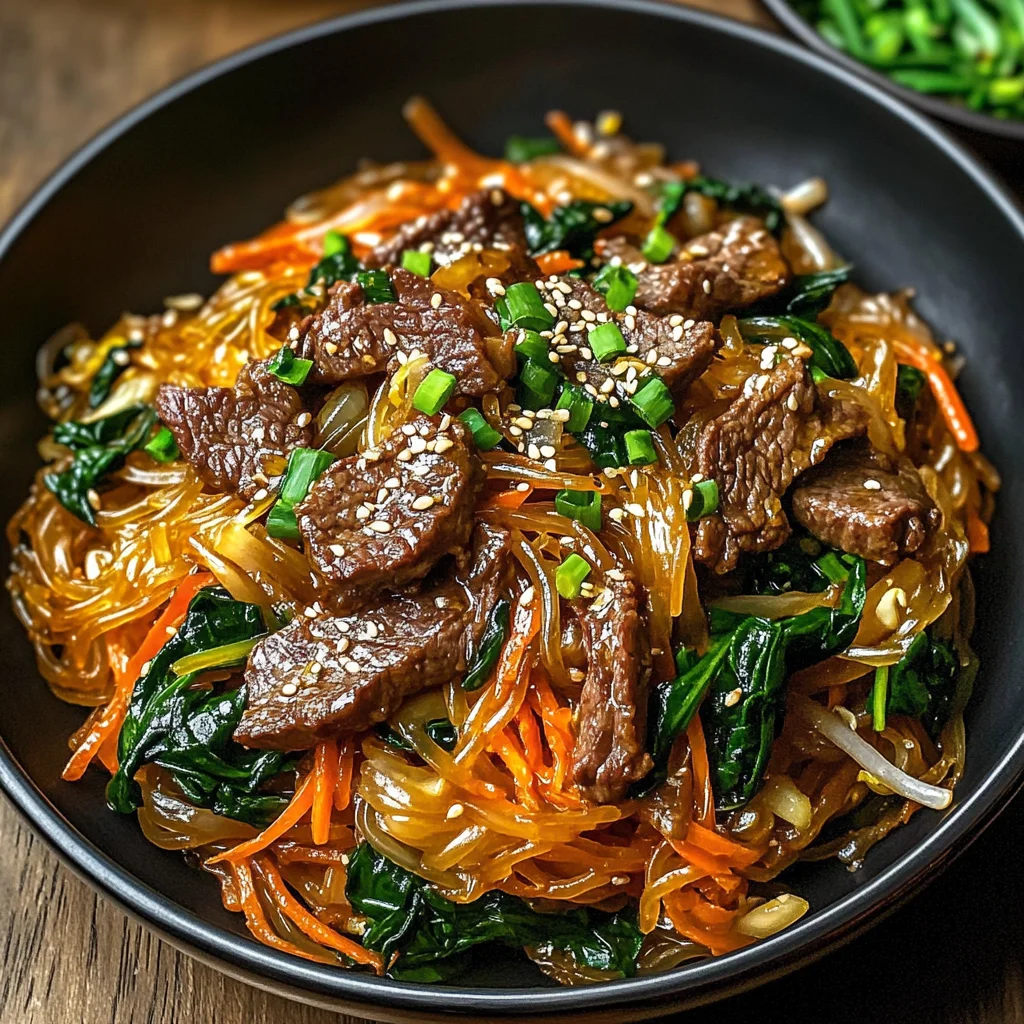
Storage & Reheating Instructions
Refrigerator Storage
- Store leftovers in an airtight container.
- Consume within 3-4 days for best quality.
Freezing Japchae
- Use freezer-safe containers or bags for storage.
- Japchae can be frozen for up to 2 months.
Reheating Japchae
- Oven: Preheat to 350°F (175°C), cover with foil, and heat for about 15-20 minutes until warmed through.
- Microwave: Place in a microwave-safe dish, cover, and heat in 1-minute intervals, stirring between each until hot.
- Stovetop: Heat in a skillet over medium heat, adding a splash of water or broth if it seems dry, stirring until heated through.
Frequently Asked Questions
Here are some answers to common questions about making Japchae.
What is Japchae?
Japchae is a traditional Korean noodle dish made with sweet potato glass noodles stir-fried with vegetables and protein, creating a deliciously balanced meal.
Can I make Japchae vegetarian?
Absolutely! You can replace meat with tofu or simply add more vegetables to create a satisfying vegetarian version of Japchae.
How do I customize my Japchae?
Feel free to experiment by adding different vegetables like bell peppers or mushrooms, or include spices like gochujang for extra heat.
What is the best way to serve Japchae?
Japchae is best served warm as a main dish or side. It pairs well with rice and other Korean dishes.
Can I prepare Japchae in advance?
Yes! You can make it ahead of time and store it in the refrigerator or freezer. Just follow the storage instructions provided earlier.
Final Thoughts
Japchae is not only delicious but also offers endless customization options. Whether you prefer beef, chicken, or tofu, this dish is sure to please everyone at your table. With its vibrant colors and delightful textures, it’s perfect for any occasion. Try making it today and enjoy a taste of Korea at home!
Japchae
Japchae is a vibrant and flavorful Korean noodle dish that highlights the unique texture of sweet potato glass noodles. With a delightful chewy consistency and subtly sweet flavor, this dish is perfect for family dinners or festive gatherings. Japchae combines tender beef (or chicken or tofu), fresh vegetables, and a savory sauce to create a wholesome meal that’s both nutritious and customizable. Easily tailored to suit your taste preferences, you can add your favorite veggies or proteins, making it an excellent option for any occasion.
- Prep Time: 15 minutes
- Cook Time: 20 minutes
- Total Time: 35 minutes
- Yield: Approximately 8 servings 1x
- Category: Main
- Method: Stir-frying
- Cuisine: Korean
Ingredients
- 2 lb thin-sliced beef (or substitute with chicken, tofu, or shrimp)
- 1 lb Korean sweet potato noodles (glass noodles)
- 3 medium carrots, julienned
- 1 large white onion, thinly sliced
- 1/2 bunch green onions, chopped
- 6 garlic cloves, minced
- 1/2 lb spinach leaves
- 4 tbsp sesame oil (divided)
- 1 tbsp olive oil
- 6 tbsp soy sauce (or tamari for gluten-free)
- 3 tbsp brown sugar
Instructions
- Cook the Noodles: Boil water in a large pot with a drizzle of olive oil. Add sweet potato noodles and cook for 5-6 minutes until tender. Drain and set aside.
- Sauté the Beef: In a skillet over high heat, cook beef until browned. Season with half of the soy sauce, sesame oil, and brown sugar while cooking. Once browned, set aside.
- Cook the Vegetables: In another skillet, heat olive oil over medium-high heat. Add julienned carrots and onion; sauté until softened. Stir in remaining soy sauce, sesame oil, and brown sugar. Add minced garlic and chopped green onions; cook for another minute.
- Add Spinach and Combine: Add spinach leaves to the skillet with vegetables. Stir until wilted. Combine all cooked ingredients in a mixing bowl.
- Toss Everything Together: Add cooked sweet potato noodles to the mixing bowl with all ingredients. Toss well to ensure everything is evenly mixed. Serve warm garnished with extra green onions if desired.
Nutrition
- Serving Size: 1 cup (200g)
- Calories: 290
- Sugar: 7g
- Sodium: 650mg
- Fat: 9g
- Saturated Fat: 1g
- Unsaturated Fat: 7g
- Trans Fat: 0g
- Carbohydrates: 42g
- Fiber: 3g
- Protein: 12g
- Cholesterol: 50mg

